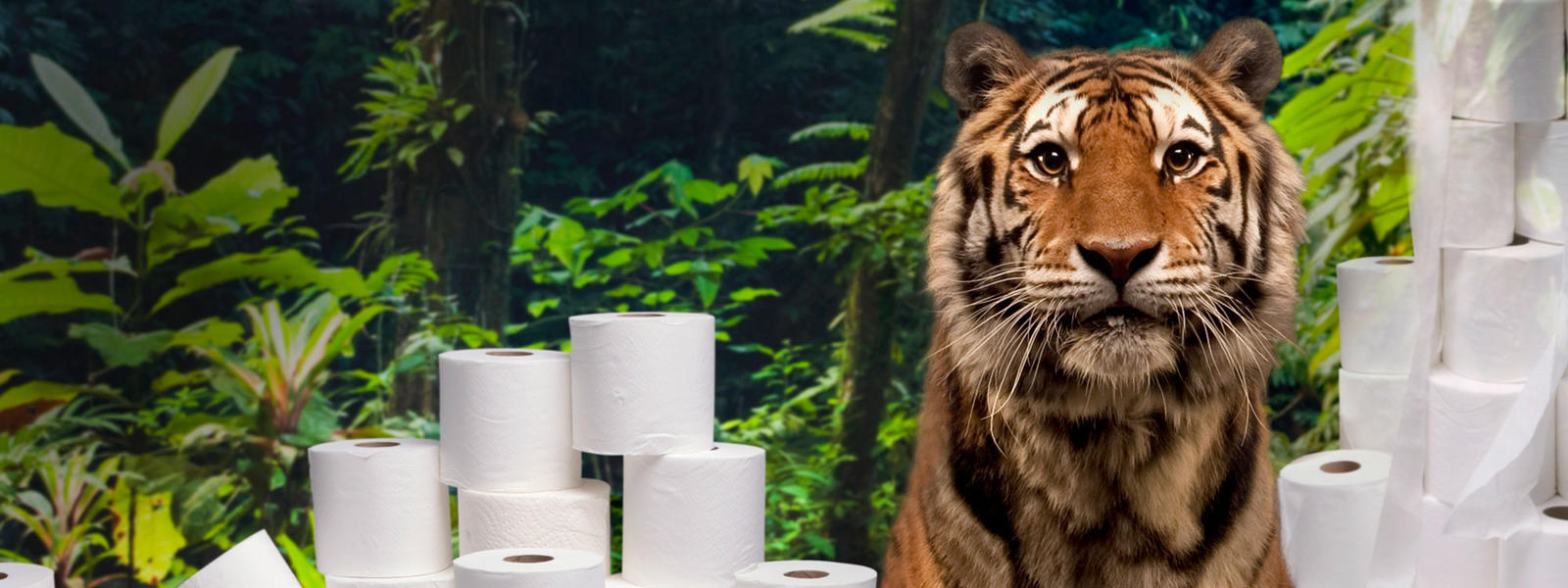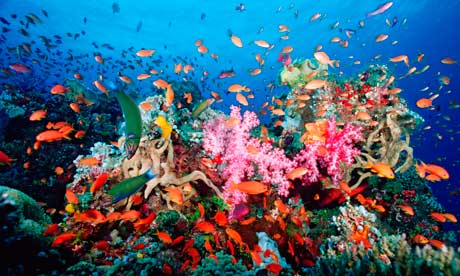 |
"Bio" means life! For example "Biology" is the study of life because "bio-" means life and "-ology" means the study of.
 |
| The one on the left looks like she's seen some things... and is that a wig? |
"Diversity" is a synonym for variety. So "Biodiversity" is essentially a variety of life, which is often defined by the number of different species in a given area. Biodiversity is good. Biodiversity is great!! More variety of plants and animals and fungi means a healthier ecosystem, and one that is more resilient to change. Let's look at two of the best examples of biodiverse (I'm not sure if that's a word) environments:
Coral Reefs
As featured in "Finding Nemo", marine coral reefs host a wide variety of life. Approximately 1/3 of all marine fish species live (at least part of their lives) on a coral reef. For example, coral reefs in the Florida Keys have:
5 species of sea turtles
100+ species of sponges
500 species of fish
1700 species of mollusks
That, my friends, is biodiversity.
Coral is actually an animal, even though they look like plants. They are cnidarians, in the same group as jellies and anemones, because they have stinging cells. Each coral animal, called a "polyp", lives with a bagillion other identical polyps, and they secrete calcium carbonate exoskeletons that make up a reef. Reefs only occur in shallow water because they work in a symbiotic relationship with algae that need sunlight. Coral reefs are helpful to people too: they help protect shore lines from storms (you know, like the Great Barrier Reef), and also provide people with food and jobs. (Want to learn more about coral reefs?)
 |
| Fact: Parrot fish cannot fly. Darn. |
But sadly, coral reefs are in trouble. Global climate change brought on by our release of greenhouse gases has caused ocean warming, sea level rise, and ocean acidification, all of which are slowly creeping in to seal the reefs' doom. (More here) Scientists have suggested the key to coral reef regeneration is the protection of parrot fish and sea urchins, which eat aquatic plants that can overrun the reefs. (More info) Coral reef conservation is extremely important because, not only do they host a wide variety of life, they are not plentiful. Reefs only cover 1% of the ocean floor, so if we don't act quick, they could be gone. Better be-reef it. (Wow I'm sorry, that was just horrible!)
 |
| Couldn't resist, I am a huge 30 Rock fan. |
Rainforests
Everyone has learned about rainforests. They are really really cool. They host soooo much life it makes your head spin, so grab some ibuprofen and soak this in (haha that rhymed)- In 4 square miles of rainforest you can find:
150 species of butterflies
400 species of birds
750 species of trees
1500 species of flowering plants
Go ahead, read that again. And remember that four square miles is not a big area. At all.
Rainforests are found on every continent, besides Antarctica, and can be tropical or temperate. They cover less than 2% of the Earth's surface but are home to 50% of our planet's plants and animals! As much as I love animals, it's important to point out that plants in the rainforests are incredibly important: they provide us with timber, coffee, cocoa and medicine. Yes, medicine. In particular medicine for cancer. How about these statistics: Over 2,000 rainforest plants have been found to have cancer-fighting powers, and over 70% of all cancer-butt-kicking plants studied by the US National Cancer Institute can only be found in rainforests! AND WE'VE ONLY STUDIED LESS THAN 1% OF ALL RAINFOREST PLANTS!!! If that doesn't scream "THIS IS IMPORTANT PEOPLE!!", I don't know what does. Heck, who knows what we'll find in rainforest plants. There could be a plant that makes people fly.
 |
| Orangutans are one of the many victims of rainforest destruction. |
Rainforests are going fast. They are threatened by agricultural development (like palm oil production), logging, and mining. There used to be 6 million square miles of rainforest, and now we're down to less than 3. Between 2000 and 2012, 2.3 million square km of rainforest was cut down, and at the current rate we lose up to 10% of rainforest species per decade. (Learn more about rainforests.)
 |
| A WWF ad, "Don't flush away the tiger's forest." referring to unsustainable production of paper products. |
So how can you help? What can you do? Be more conscious of what you do and buy. Every commodity that you purchase has an effect on the ecosystem- it was probably made in a big factory that releases greenhouse gases that are killing corals. Try buying more sustainable products, and using less energy. Turn your lights off when you walk out of a room, or take a walk to the grocery store instead of driving there, or take a few minutes less in the shower. Please be mindful of what you buy (here's a list of products with palm oil), and do your best to recycle and buy recycled products.
"To keep every cog and wheel is the first precaution of intelligent tinkering" Aldo Leopold said. Preserving biodiversity means keep all our cogs and wheels so our planet is healthy, and right now it is not. Just like a disease, we can fight this, and we can win if we work hard enough.
As always: Thank you for reading everyone!



No comments:
Post a Comment